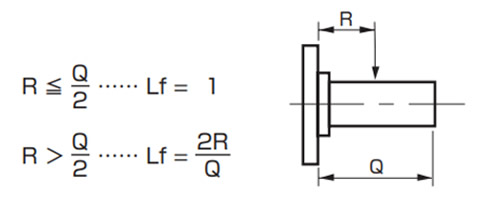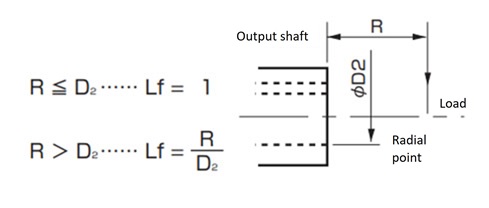Technical Data Reducers Worm Gear Reducers TERUS Selection
To view selection procedures and precautions, please proceed to the following.
Click here to narrow down the product series or to make a tentative selection.
If you have specific conditions of use and wish to make a detailed selection, please click here.
Selection procedure
Follow these procedures for sizing TERUS EWJGM/EWGM(R)/SWJGM/SWGM(R)/TDGM(R) series integrated gear reducers.
In order to select your model, make sure on motor capacity, load torque, input speed, reduction ratio, load characteristics, operating hours, start/stop frequency, and etc.
1. Select package: A/B/C/X type
Select the suitable package according to your application.
- A Type :Standard package
......All-purpose model, high efficiency and high reduction gears for a wide range of applications. - B Type :Self-Lock specifications
......Self-locking type, suitable for lifts, elevators, reversing machines, and etc. - C Type :Eco specifications
......Tough gear train designed to withstand expected shock. - X type :Speciality
......Freely combine gear motor/worm sizes and reduction ratios. (Consult us separately. )
2. Determine the service factor
All allowable torque on output shaft and motor kW values in the Characteristics table are when the service factor (sf) is 1.0. Choose the service factor (sf) depending on the load characteristics, operating hours, and start frequency. Use the larger value as the compensation factor.
Refer to the table of Load Categories by Machine Type for the load characteristics. If you cannot find your machine, choose the closest or contact us for assistance.
Table 1 Service factor table (Sf)
| Load characteristics | Operating hours (per day) | |||
|---|---|---|---|---|
| 0.5 | 2 | 10 | 24 | |
| U:Constant load | 1.00 (1.00) | 1.00 (1.00) | 1.00 (1.25) | 1.25 (1.50) |
| M:Load with light impact | 1.00 (1.00) | 1.00 (1.25) | 1.25 (1.50) | 1.50 (1.75) |
| H:Load with heavy impact | 1.00 (1.25) | 1.25 (1.50) | 1.50 (1.75) | 1.75 (2.00) |
Note)
- (1) Use the figure within ( ) if the reducer is to be started more than 10 times per hour.
- (2) The above table shows rough service factor standards Decide on the service factor according to the operating conditions.
3. Determine compensation torque
Use formula 1 and multiple the required load torque or required motor kW by the compensation factor to determine the compensation torque.
Correction torque = Load torque × Correction factor ......(Formula 1 )
Design kW = load kW × Correction factor ......(Formula 1 )
4. Determination of reduction ratio
Use the actual input speed you will be using, and the required output speed to determine the reduction ratio.
Note) The reduction ratios for TERUS series are given as nominal reduction ratios. Always check the actual reduction ratios.
5. Determine size and model number
From the allowable torque on output shaft in the Characteristics table for each type, select the size and model that satisfies the compensation kW or compensation torque.
6. Check shaft load
Use formula 2 to check that the radial load on the shaft is within the allowable radial load for each series.
Allowable Radial Load ≧ T × f × Lf R ......(Formula 2 )
- T:Correction torque
- f:O.H.L. factors
- Lf:Point of action factor
- R:Pitch radius (m) of sprockets and pulleys
O.H.L. factors (f)
| Chain | 1.00 |
|---|---|
| Gears | 1.25 |
| Toothed belt | 1.25 |
Solid shaft type
Point of action factor (Lf)

Check axial load
If axial loads are anticipated on the output shaft, make sure they are within the allowable axial loads for each series.
Alternating loads
If alternating loads act upon hollow shaft on the TDGM (including outputs with a Power-Lock), it is necessary to check the strength of the tapped holes in the housing.
Check the type of load that occurs and contact us for assistance.
Hollow shaft type
Point of action factor (Lf)

7. Determine size and model
If the allowable torque on output shaft does not satisfy the required torque, consider increasing the size. Check the shaft load again, and then select the final model number.

